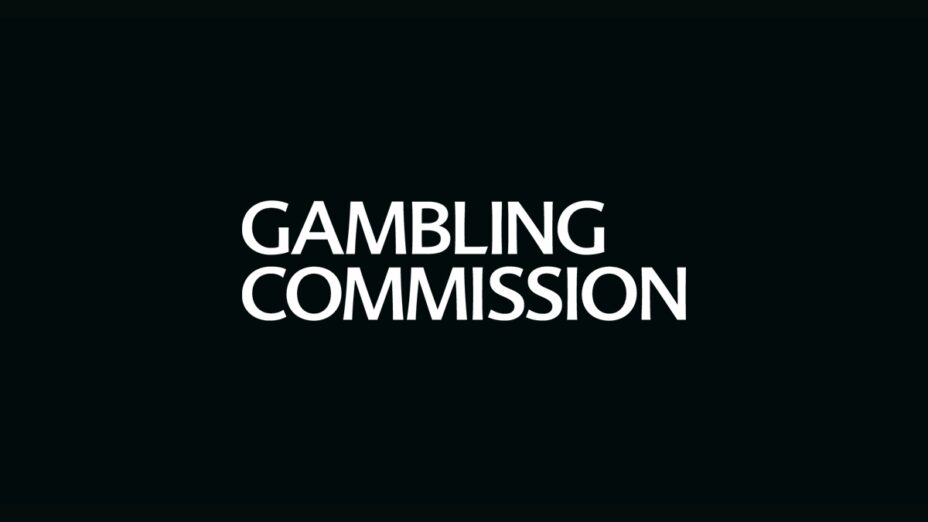Britain’s Gambling Commission is introducing a new method to calculate fines applicable to licensed operators that breach its rules.
The updated fine system follows an industry consultation process that took place between December 2023 and March 2024.
Going forward, the Commission will follow a seven-step process when assessing and imposing financial penalties.
This process involves assessing mitigating and aggravating factors, applying deterrent uplifts, and making affordability adjustments. The final step ensures proportionality, particularly for small or community-based operators.
Alongside this seven-step process, the regulator is also introducing a new way of imposing penalties based on five levels of severity.
Level one breaches will result in penalties of up to 0.99 per cent of the company’s gross gambling yield (GGY) during the period in which the breach occurred.
These penalties increase in incremental amounts until level five, which equates to a fine of between 10 and 15 per cent of GGY, or more in exceptional circumstances.
Penalties will also be adjusted depending on aggravating and mitigating factors, deterrence and early resolution.
The revised framework includes special provisions for society lotteries, registered charities and personal licence holders, which state that a GGY-based calculation may not be the appropriate course of action. In these circumstances, alternative methods will be used to calculate any penalties.
“We are making changes to strengthen the transparency and consistency of how we impose financial penalties,” said John Pierce, director of enforcement at the Gambling Commission. “These proposals were subject to extensive consultation, and the views shared by all our stakeholders have been taken into account.
“The resulting changes will strengthen our decision-making and streamline the calculation of penalties – helping to improve the efficiency and effectiveness of our enforcement work.”
“Crucially, the new approach also encourages compliance at the earliest opportunity, supporting the protection of consumers alongside fair and proportionate outcomes for operators.”
